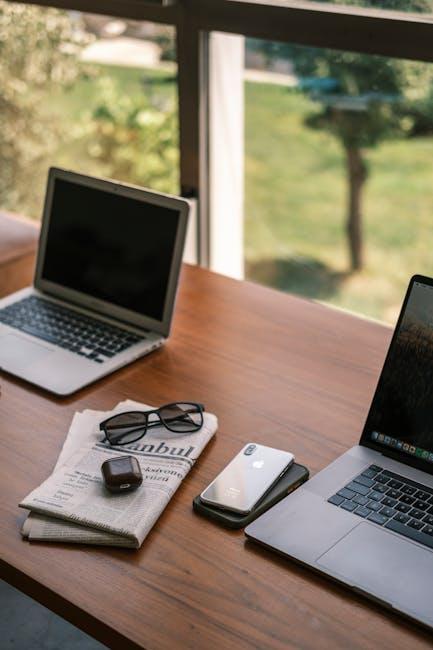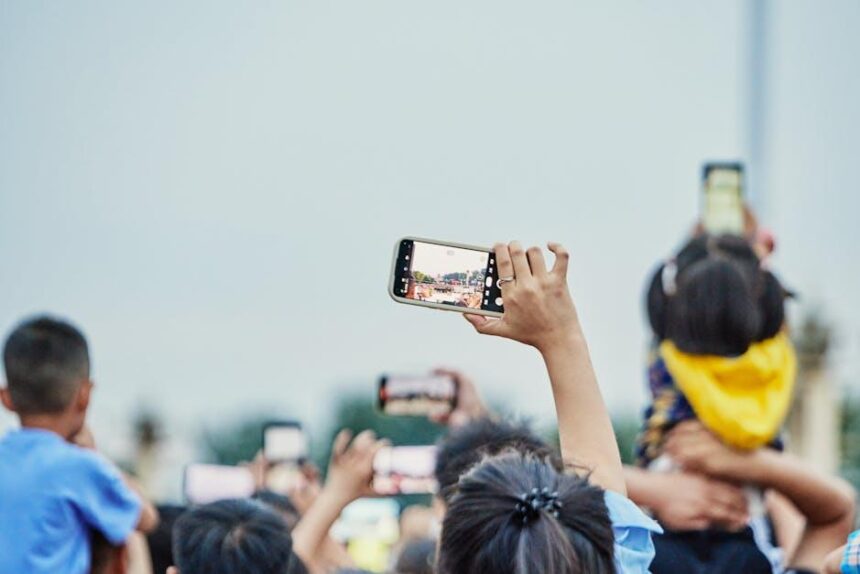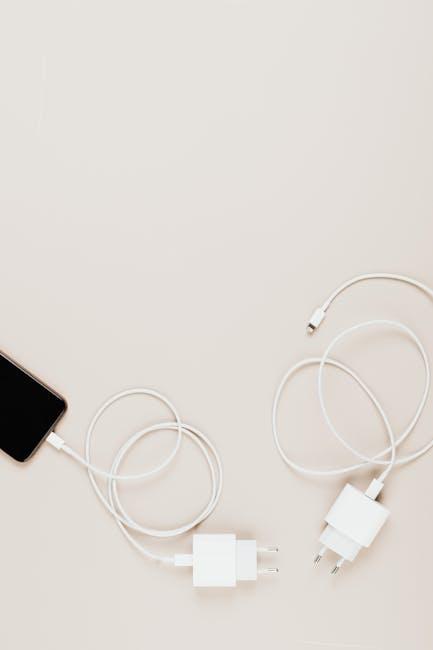In a world where our screens have become portals to both work and play, the evolution of smartphone design is quietly reshaping how we interact with digital content. Foldable phones, once a futuristic concept, are now unfolding in the palms of users worldwide, bridging the gap between compact convenience and expansive display. This seamless blend of technology challenges our traditional notions of screen time, inviting us to reconsider not just how much we look at our devices, but how we experience the digital world itself. As these flexible screens pave the way for new habits and possibilities, it’s time to explore how foldable phones are transforming the very essence of our screen time.
The Evolution of Screen Interaction with Foldable Technology
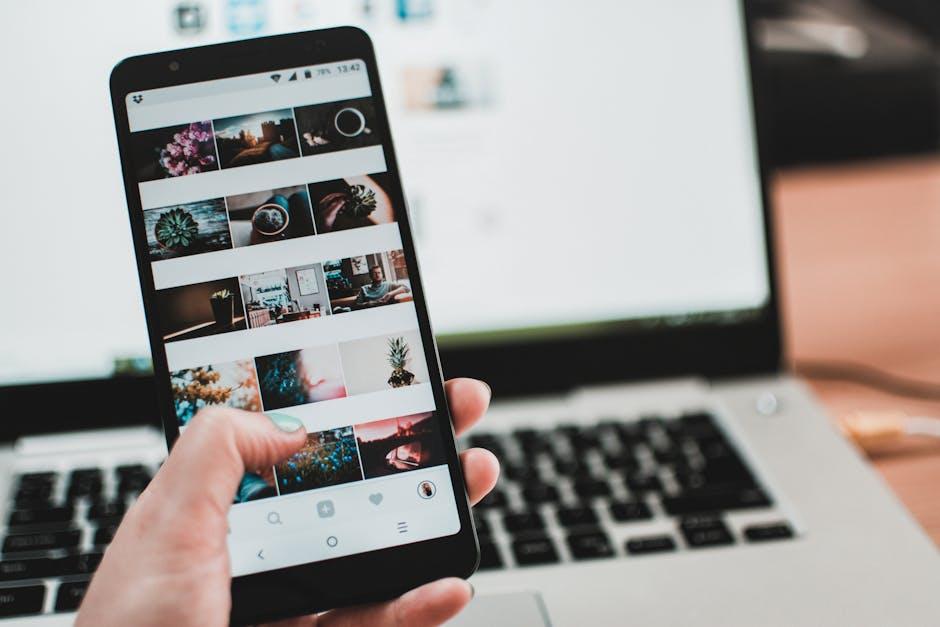
Screen interaction has witnessed a monumental shift with the advent of foldable technology, transforming how users engage with their devices. Unlike traditional smartphones confined by rigid displays, foldables invite a dynamic relationship with content. The expanding screen real estate offers new possibilities, enabling multitasking without switching apps, and enhancing media consumption with immersive visuals. This evolution pushes beyond mere screen size, introducing tactile experiences as users physically manipulate their devices-folding, unfolding, and customizing their interaction on the fly.
Key features redefining daily screen time with foldables include:
- Adaptive display modes that shift seamlessly between compact and expansive layouts.
- Improved multitasking through split-screen and floating window capabilities.
- Enhanced portability by merging tablet and phone functionalities into a single device.
| Feature | Traditional Phone | Foldable Phone |
|---|---|---|
| Screen Size | 5.5″ to 6.5″ | 6.5″ to 8″ |
| Multitasking | Limited split-screen | Advanced multi-window |
| Portability | Standard pocket-fit | Compact when folded |
| User Interaction | Touch and swipe | Touch, swipe, and fold |
Balancing Productivity and Leisure in a Dual-Screen Experience
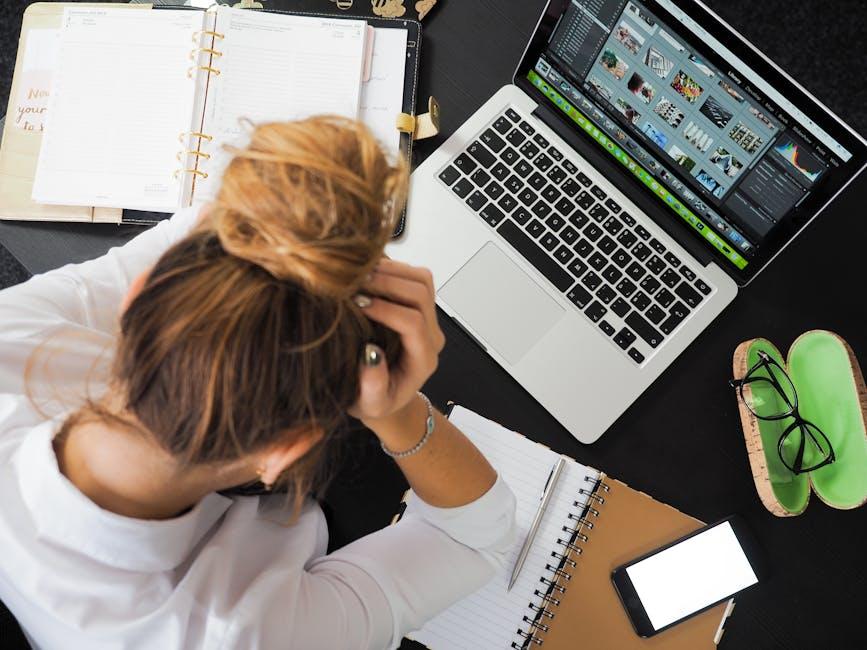
In the evolving landscape of foldable phones, users are discovering new ways to optimize their daily routines by seamlessly toggling between tasks and downtime. With dual screens, it becomes effortless to handle work emails on one display while monitoring a live news feed on the other, blending productivity with continuous engagement. This setup encourages a more dynamic approach to multitasking, allowing for enhanced focus through compartmentalization. Unlike traditional smartphones that require constant app switching, foldables offer a tangible divide that reduces cognitive overload and facilitates a fluid balance between responsibilities and relaxation.
Moreover, the flexibility of adjusting screen size based on needs transforms how content is consumed and created. On a smaller, folded screen, leisure apps like streaming services or social media encourage bite-sized breaks; while unfolding the device opens up a richer, immersive experience for gaming or video editing. This adaptability fosters a unique rhythm to screen time where users can consciously allocate moments for work and play. Below is a simple comparison of typical usage scenarios on folded vs. unfolded modes:
| Mode | Common Activities | Ideal For |
|---|---|---|
| Folded |
|
Efficiency & Micro-moments |
| Unfolded |
|
Focus & Deep Engagement |
Design Considerations for Maximizing Foldable Phone Usability
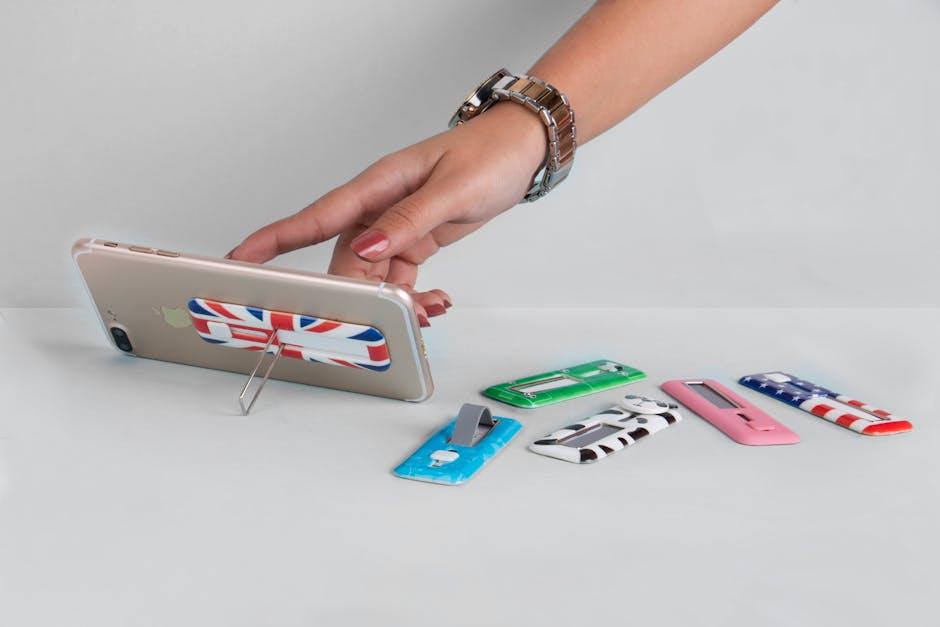
Creating a seamless experience on foldable phones demands a careful balance between hardware innovation and software adaptability. Durability takes center stage, with manufacturers prioritizing flexible yet robust materials for hinges and screens to withstand thousands of folds without compromising performance. Equally essential is the screen transition, where smooth animations and responsive touch controls enable users to switch effortlessly between folded and unfolded modes. App developers must rethink interfaces to be dynamic, ensuring that layout adjustments are automatic and intuitive, enhancing multitasking capabilities without overwhelming the user.
Beyond mechanics, ergonomics heavily influence usability; the device must feel natural in various forms, whether held as a compact phone or spread out like a tablet. Battery optimization is another critical factor, given that larger and more complex displays consume more power. Here’s a brief look at key design elements shaping user satisfaction:
- Adaptive UI: Interfaces that detect and optimize for screen size changes in real-time.
- Weight Distribution: Balanced design to prevent fatigue during extended usage.
- Hinge Mechanism: Smooth, sturdy hinges that support multiple angles and usage modes.
- Battery Life: Efficient power management for longer screen time.
| Feature | Benefit |
|---|---|
| Flexible OLED | Vibrant display with crease resistance |
| Multi-window Support | Enhanced multitasking and productivity |
| Hinge Lock | Stable positioning at various angles |
| Optimized Battery | Extended use between charges |
Tips for Managing Screen Time Healthily on Foldable Devices
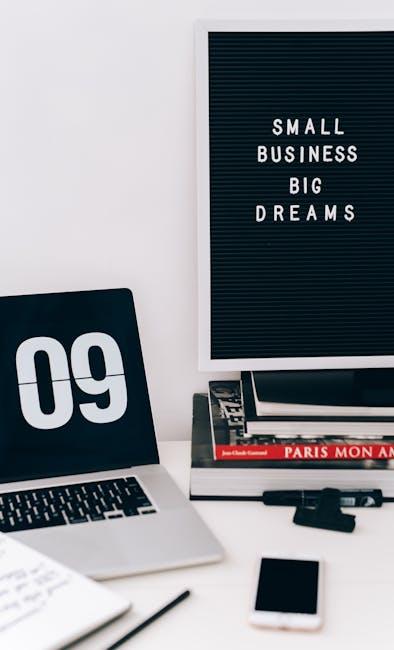
Embracing foldable devices means juggling larger, more immersive screens with the need for mindful usage. To keep your screen time balanced, consider setting clear boundaries by designating specific hours for work, entertainment, and breaks. Using the device’s multi-window mode can help maximize productivity, but avoid the temptation to run too many apps simultaneously, which can overwhelm your senses and extend screen exposure unnecessarily. Employ tools like blue light filters and adaptive brightness to reduce eye strain during extended sessions on these expansive displays.
Integrating simple habits can transform how you interact with foldables for the better. Try these practical steps:
- Break sessions: Close or fold the device every 30-45 minutes to rest your eyes and mind.
- Engage offline: Use your foldable’s portability to encourage outdoor or social activities without digital distractions.
- Customize notifications: Silence non-essential alerts during focused use to minimize constant screen checking.
| Healthy Habit | Suggested Time | Benefit |
|---|---|---|
| Break Every Hour | 5-10 minutes | Prevents eye fatigue |
| Limit Social Apps | 30 minutes/day | Reduces distraction |
| Use Night Mode | After 7 PM | Improves sleep quality |
Closing Remarks
As foldable phones continue to redefine the boundaries of mobile technology, they invite us to rethink not just how we use our screens, but how those screens fit into the rhythms of our daily lives. By marrying portability with expansive displays, these devices challenge the old limits of screen time, offering new opportunities for both engagement and balance. Whether they ultimately lead us to more mindful interaction or simply make our digital world more flexible, one thing is clear: the future of screen time is unfolding in ways we’re only beginning to imagine.
